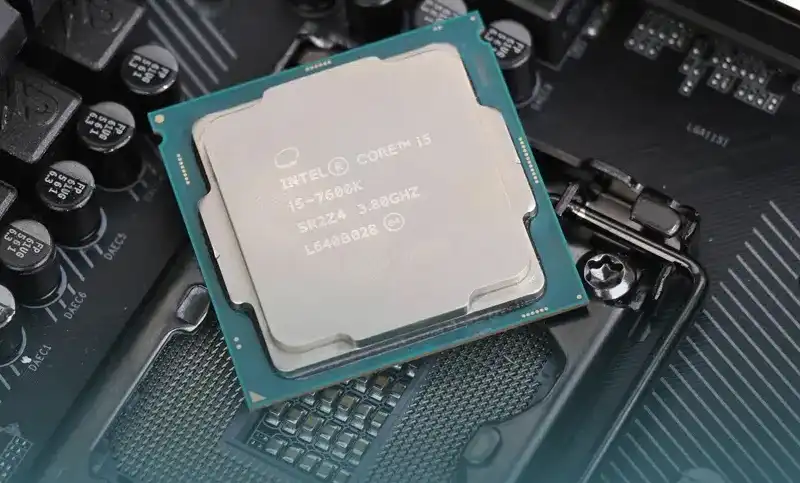
Metal packaging is a form of electronic packaging that uses metal as the housing or base, the chip is directly or through the substrate mounted on the housing or base, and the signal input and output are realized through various connectors. It is widely used in hybrid integrated circuits, power devices, and microwave devices, and is suitable for devices with complex functions, multi-chip assembly, and a small number of output pins.
The coefficient of thermal expansion (CTE) of chip materials such as Si, GaAs, GaN and ceramic substrate materials such as Al2O3, BeO, AlN, etc. is between 3×10-6K-1~7×10-6K-1. For chip support, electrical connection, heat dissipation, mechanical and environmental protection, the following requirements should be met:
Traditional metal packaging materials mainly include Cu, Al, Kovar Alloy, Cu/W alloy, Cu/Mo alloy, etc.
From the perspective of heat transfer, copper and aluminum are very ideal housing packaging materials, but their coefficients of thermal expansion (CTE) are very high, which will introduce large thermal stress when soldering with ceramic materials or chips, often causing package failure when the device is thermally cycled in operation.
The CTE of Kovar alloy material is relatively close to that of Si, GaAs, Al2O3, BeO and AIN, and has good processing and welding properties, and can also be matched and sealed with borosilicate hard glass, and is widely used as lead wires and shells of packages. Its disadvantages are low thermal conductivity, high resistivity, and high density, which greatly restrict its wide application.
Tungsten copper and molybdenum copper materials are developed to overcome the shortcomings of the above-mentioned metal packaging materials. Mo and W materials are relatively close to Si, GaAs, AL2O3, BeO and AIN and other materials, and their thermal conductivity is quite high, but Mo has defects such as poor flatness and brittleness after recrystallization, and W has poor processability and weldability, etc.
The problem is that W and Mo are relatively expensive and dense, so they are not suitable for mass use. The Cu/W and Cu/Mo alloy materials formed by W, Mo and Cu have high electrical and thermal conductivity, and at the same time combine the low CTE and high hardness of W. Mo, and are widely used as package bases and heat sinks (Heat Sink) and so on.
However, due to the incompatibility or poor wettability between Cu-W and Cu-Mo, the prepared Cu/W and Cu/Mo are not dense enough, so the airtightness cannot be guaranteed, which affects the metal packaging performance. The density increases the package weight, so the use is limited.
In recent years, due to the demand for high integration density and lightweight development, people have developed new metal matrix composite materials to overcome some shortcomings of traditional metal packaging materials, mainly including aluminum-based, copper-based, silver-based and other composite materials. Among them, Al-Si alloy and AI-SiC composite materials are the most mature.
Al-Si alloy has very good comprehensive properties such as high thermal conductivity, low thermal expansion coefficient, and good machinability. In particular, its mass is smaller than that of Al, about 1/3 of that of Kovar alloy and 1/6 of that of Gu-W composite material. It is a very promising metal packaging material, widely used in microwave and millimeter wave integrated circuit module packaging. Its disadvantage is low strength.
Al-SiC composite material is a metal matrix composite material widely used in packaging. It consists of 30% to 70% SiC particles and aluminum or aluminum alloy. It is currently the metal packaging material with the highest specific rigidity. Its CTE can be adjusted by changing the composition. The Al- -SiC composite material containing 70% SiC can have a thermal conductivity as high as 170W/(m.K), and a CTE of about 7×10(-6)/K, which can be well matched with alumina.
Since the densities of both Al and SiC are very small, the density of Al-SiC composite materials is also very small, which is especially suitable for applications that have strict quality requirements such as aerospace. Its disadvantage is that it is more difficult to process.